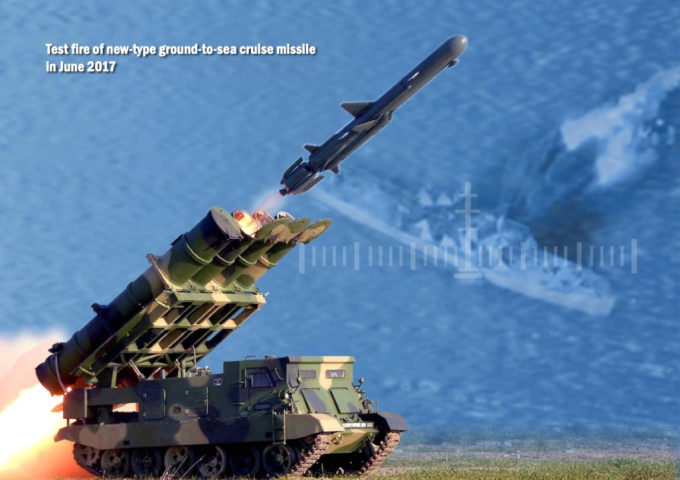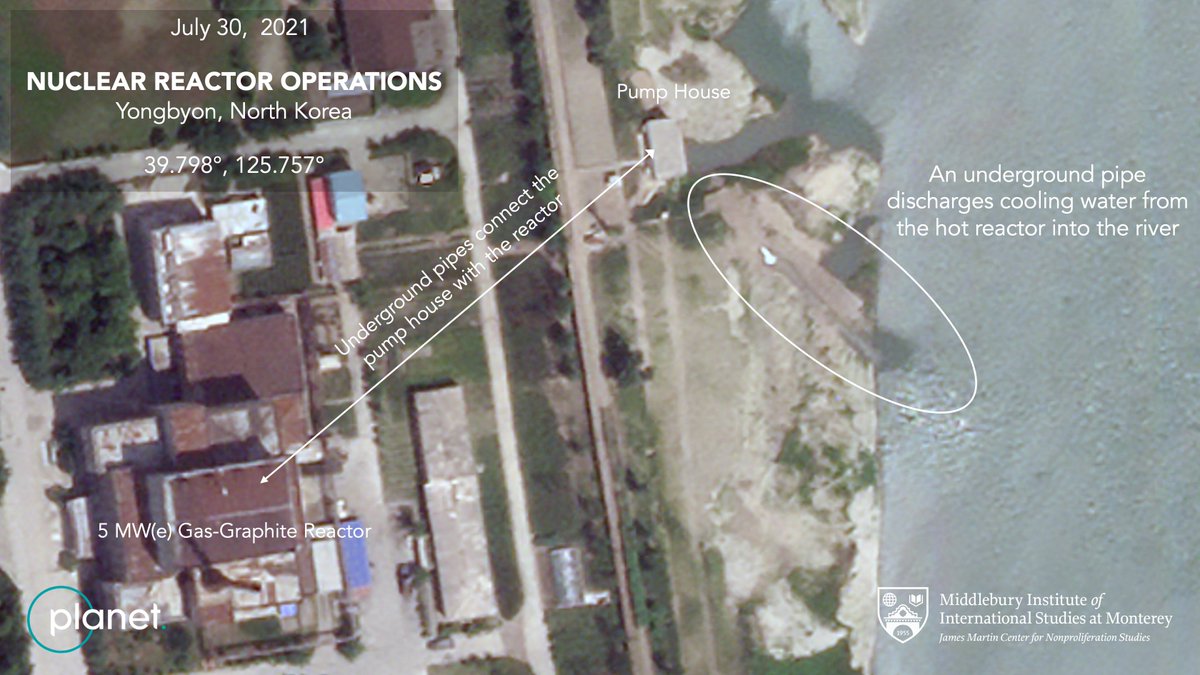
"I am concerned that using a dead drop location your friend prepares makes me very vulnerable."
No shit, dude.
justice.gov/opa/press-rele…
No shit, dude.
justice.gov/opa/press-rele…
"I must consider the possibility that l am communicating with an adversary who has intercepted my first message and is attempting to expose me. Would not such an adversary wish me to go to a place of his choosing, knowing that an amateur will be unlikely to detect surveillance?"
"One day, when it is safe, perhaps two old friends will have a chance to stumble into each other at a cafe, share a bottle of wine and laugh over stories of their shared exploits. ... I will always remember your bravery in serving your country and your commitment to helping me."
This guy's emails read like terrible spy thriller fanfic.
• • •
Missing some Tweet in this thread? You can try to
force a refresh














